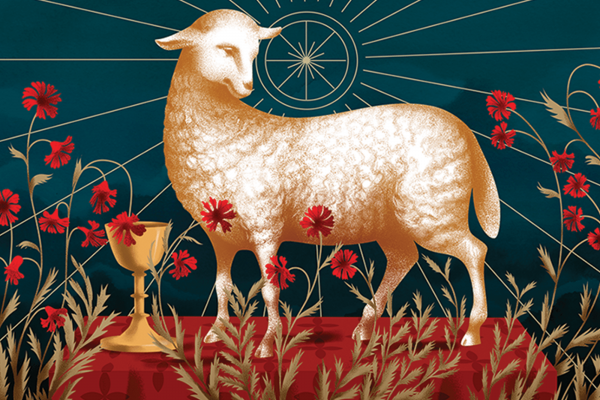“THEY WERE AFRAID.” Those are the last words of the earliest manuscripts of Mark’s gospel (16:8)—the oldest of the four gospels. Mark ends his story about Jesus with Mary Magdalene, Mary the mother of James, and Salome at the empty tomb. Terror seizes them. They flee in shocked silence. The end. What kind of Easter is this?
Scribes and theologians thought the same, so a couple centuries later they added different endings to Mark—easier endings, with Jesus coming back to offer further teachings. In Mark’s original Easter account, however, there is no resolution to the story. Instead, we read about three women at a tomb, bewildered. Here, resurrection doesn’t resolve anything. Instead, the event unsettles. The absence of a corpse provokes questions and invites a hope in the promise of unimaginable possibility. “Jesus is going ahead of you to Galilee,” a strange messenger in the empty tomb tells them, “there you will see him.”
Easter is an ending without a conclusion, a story without finality. The end returns us back to the beginning—to Galilee, where Jesus was born, where he was baptized, where he gathered disciples, where he healed the sick, fed the hungry, and preached good news. Resurrection means that nothing, not even death, will prevent Jesus’ invitation for us—who are weak and fearful, bewildered by a world we can’t control—to follow messengers who guide into the mysteries of Christ in the here and now.
Read the Full Article

